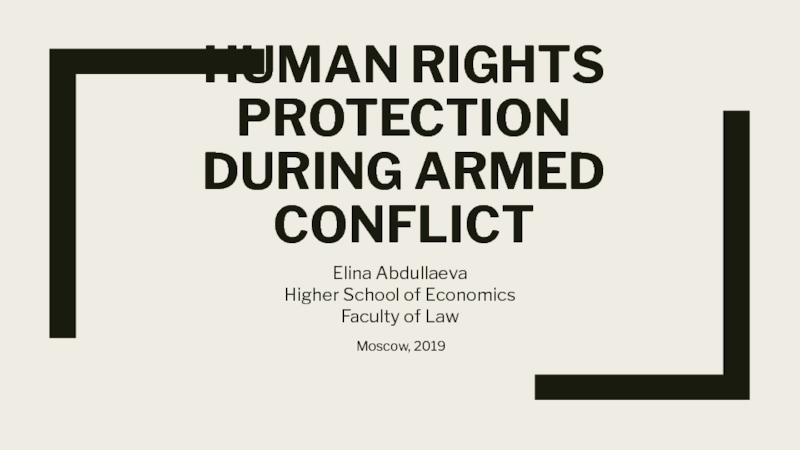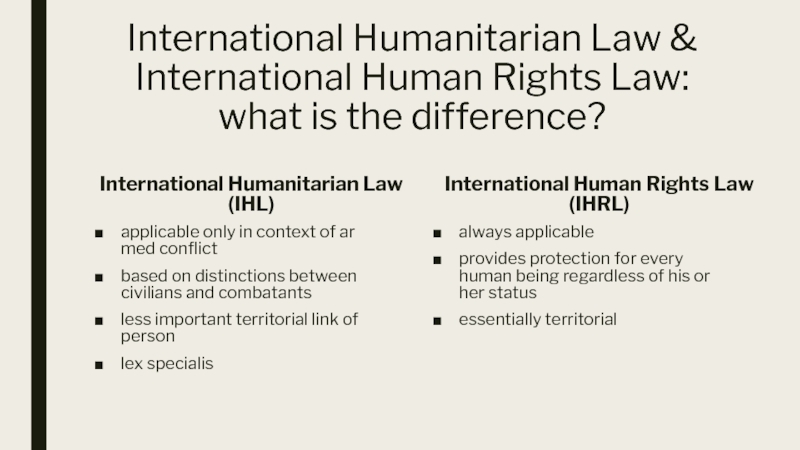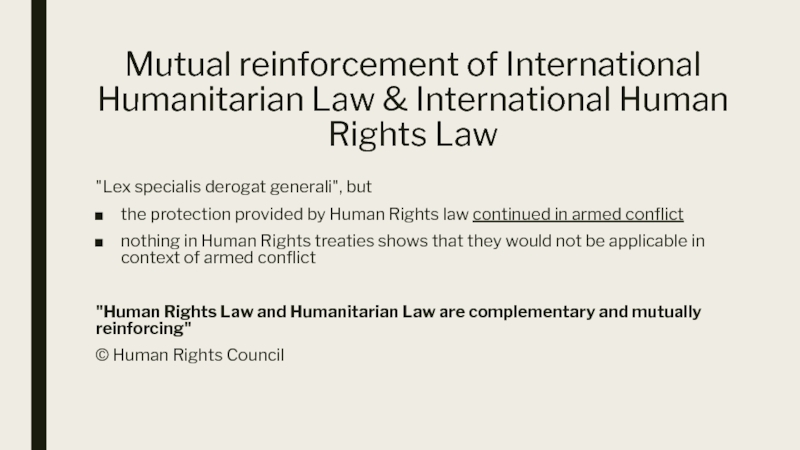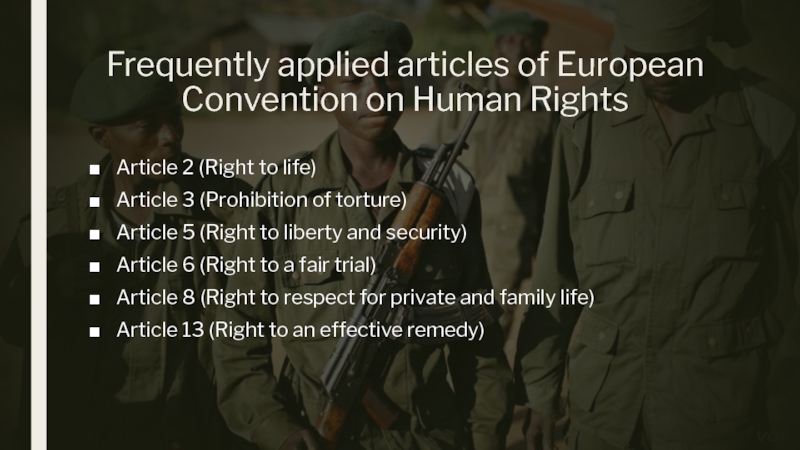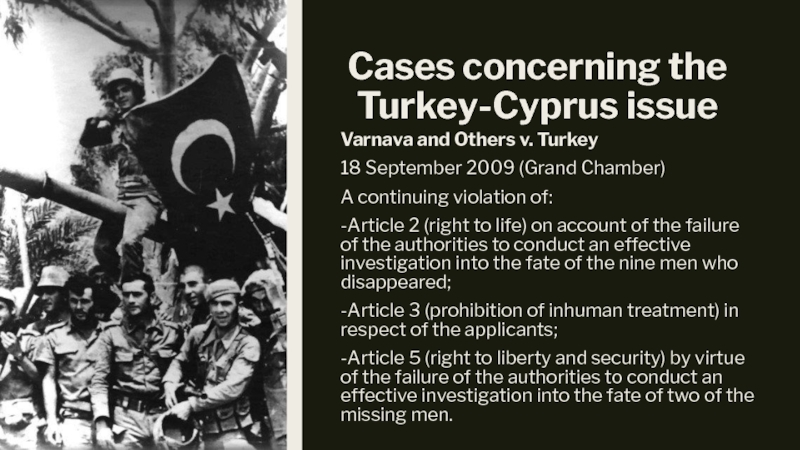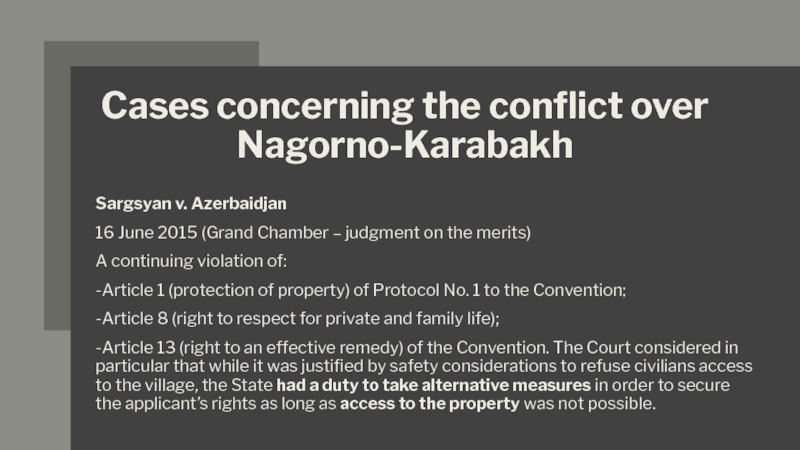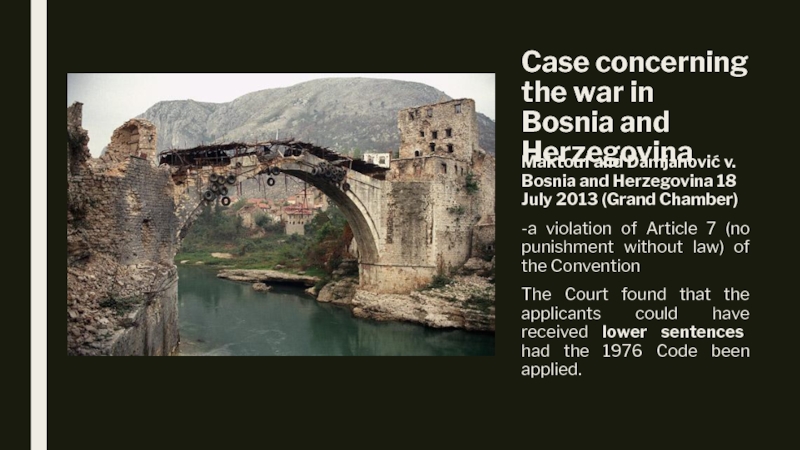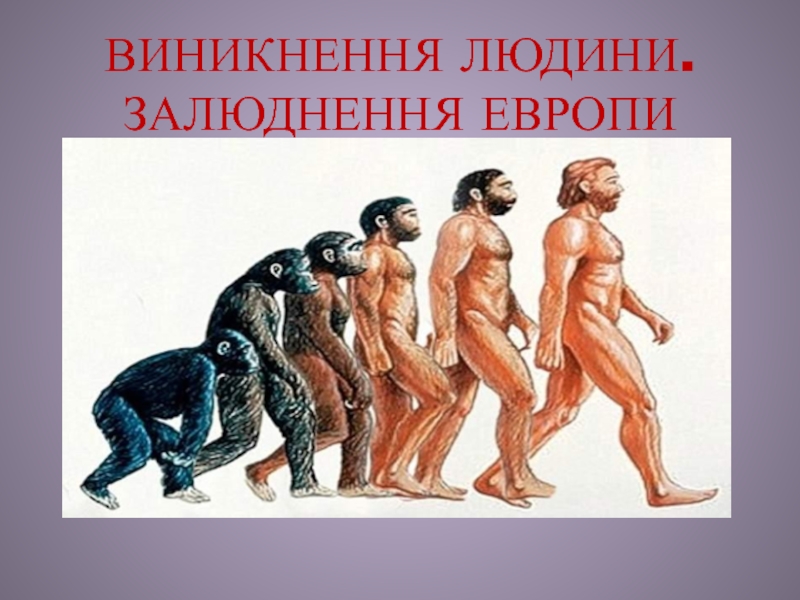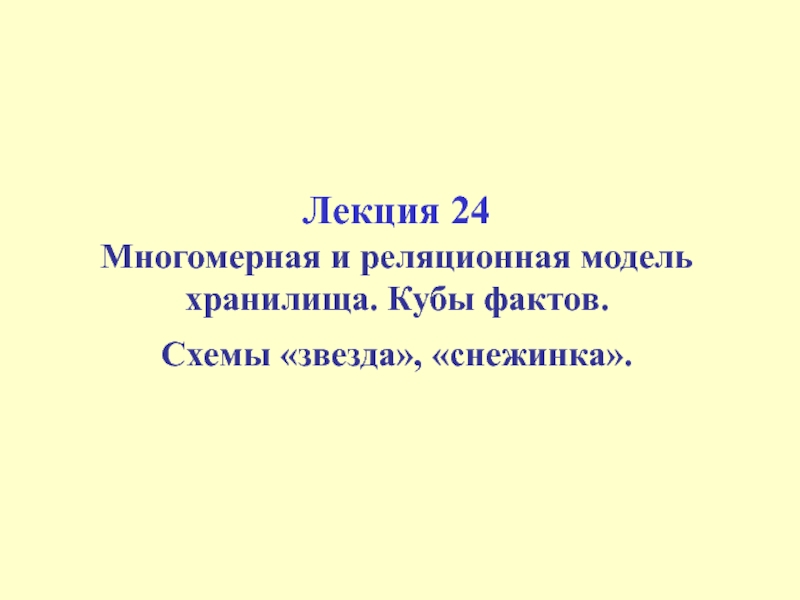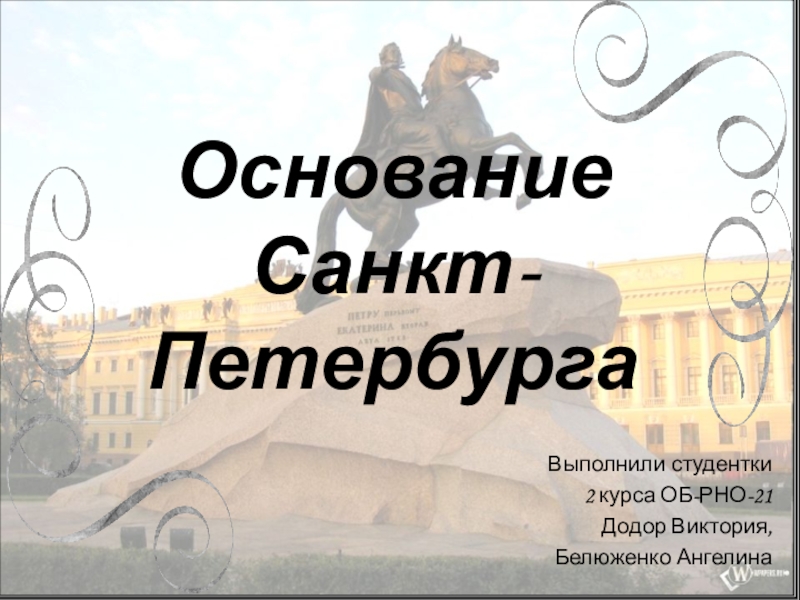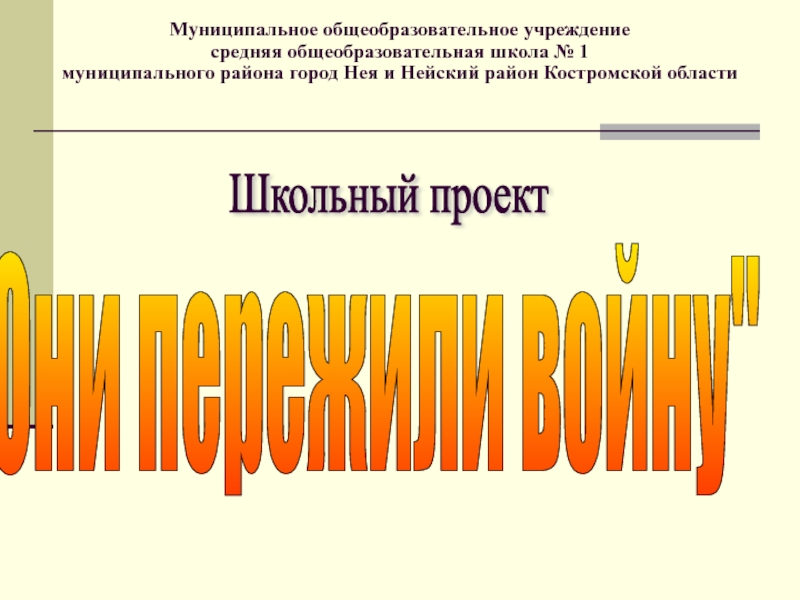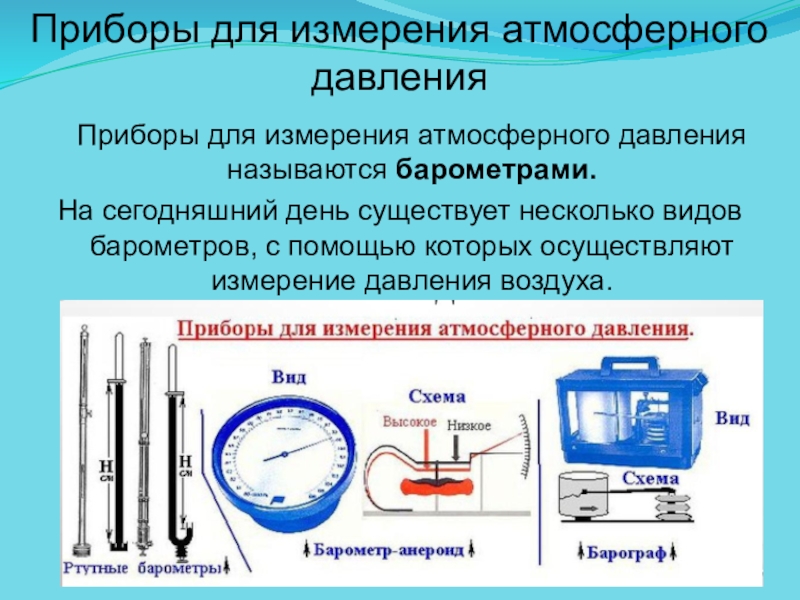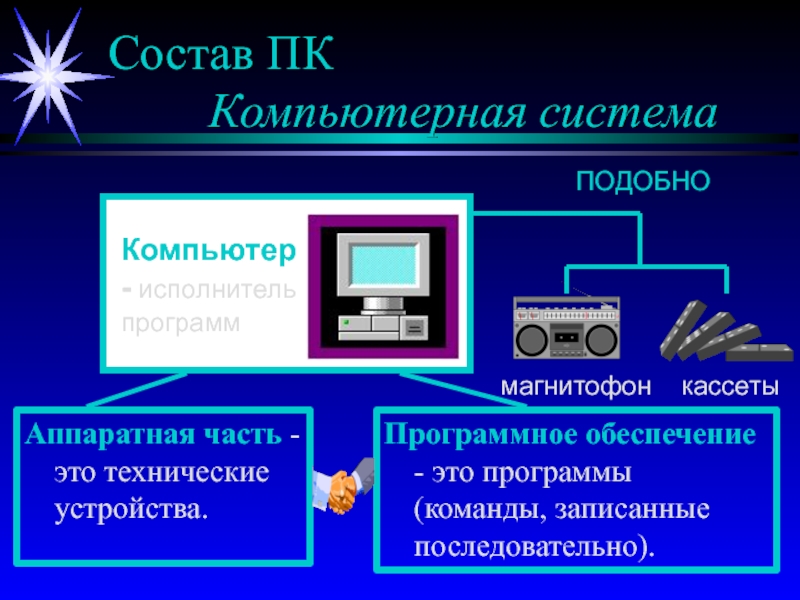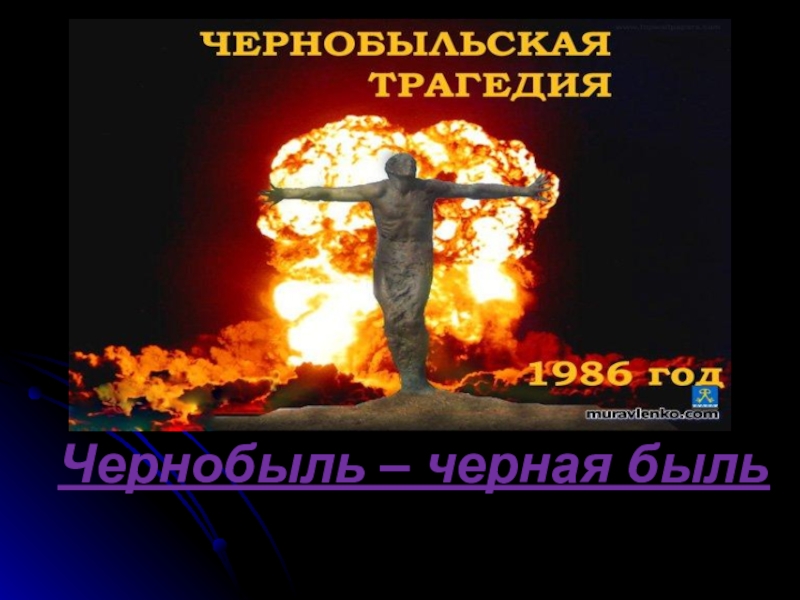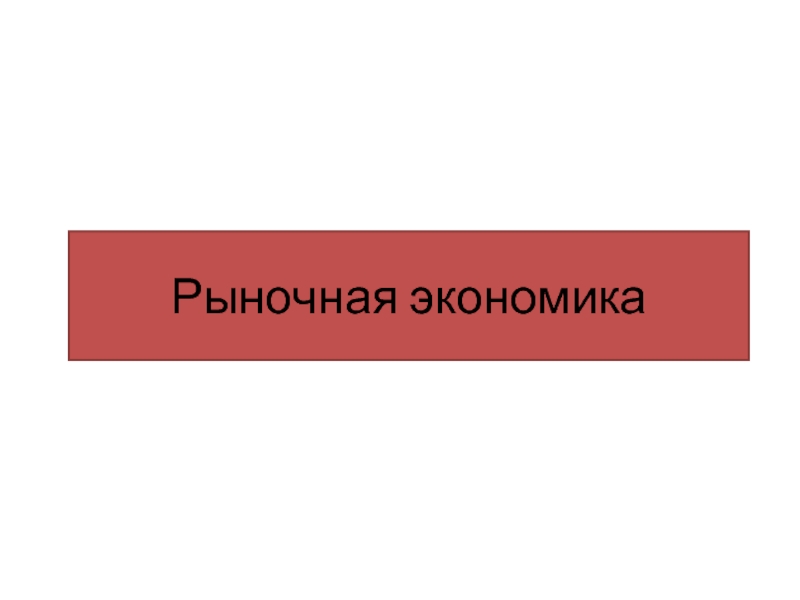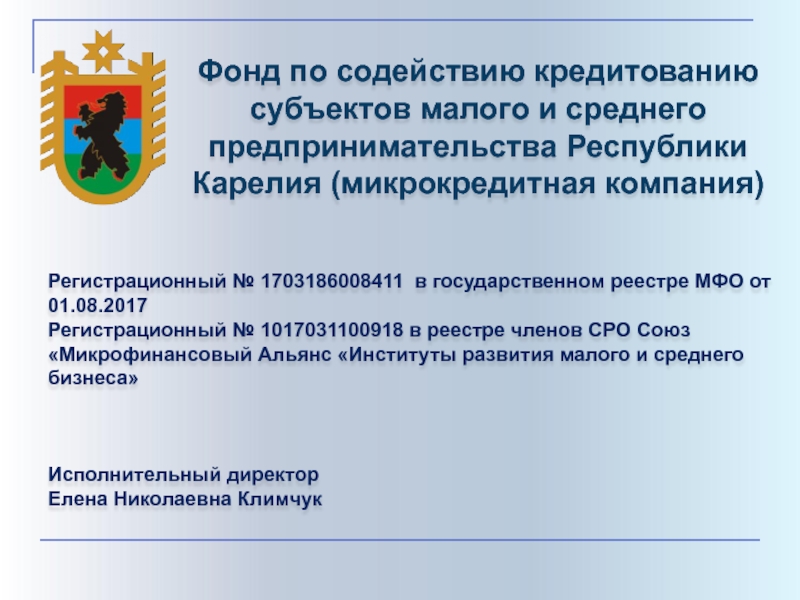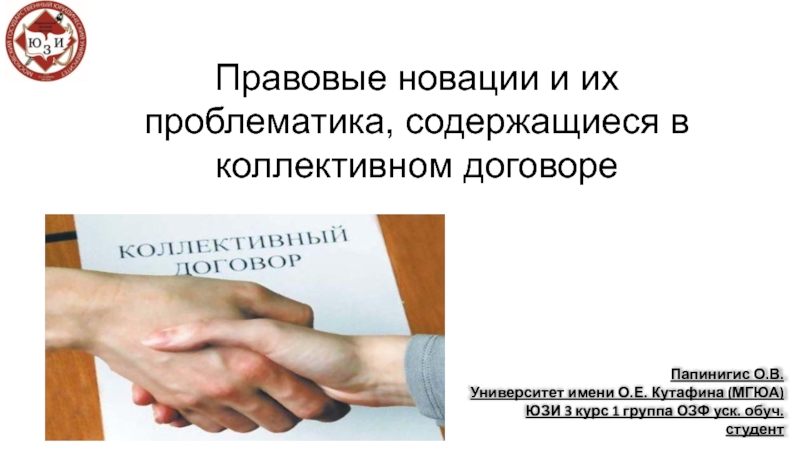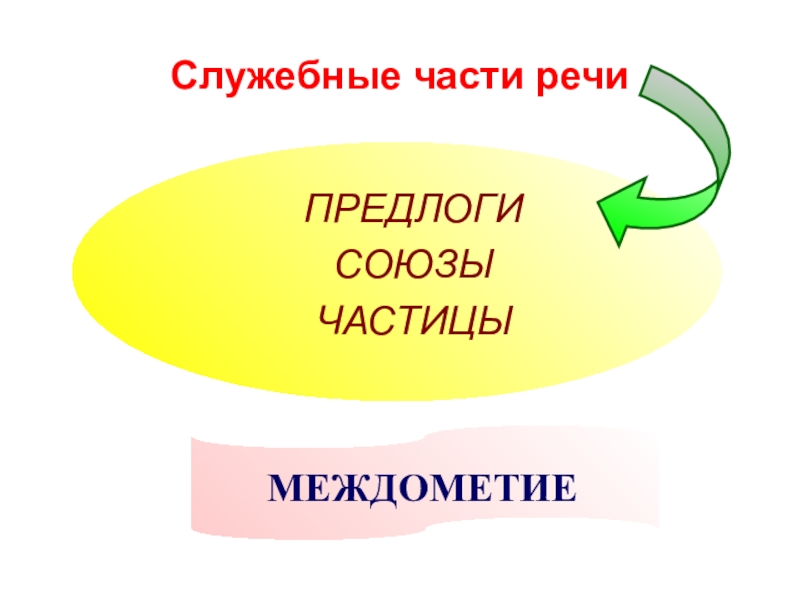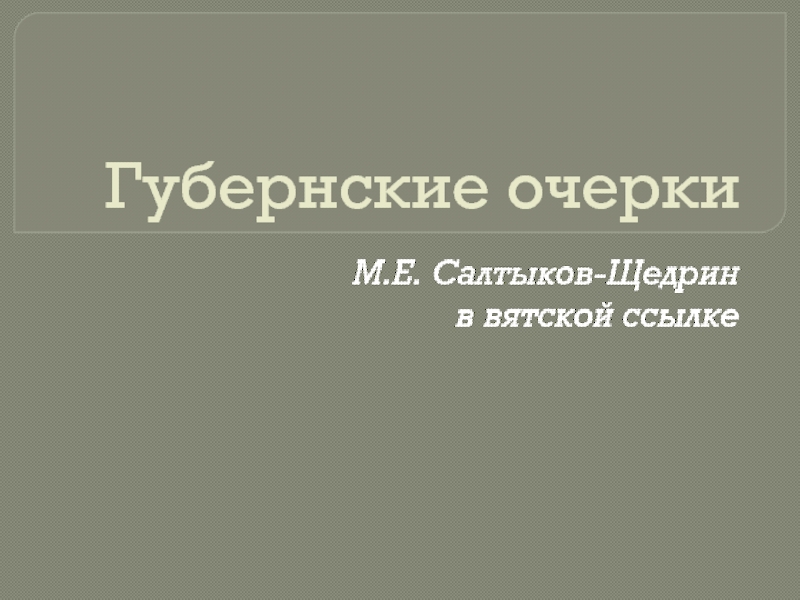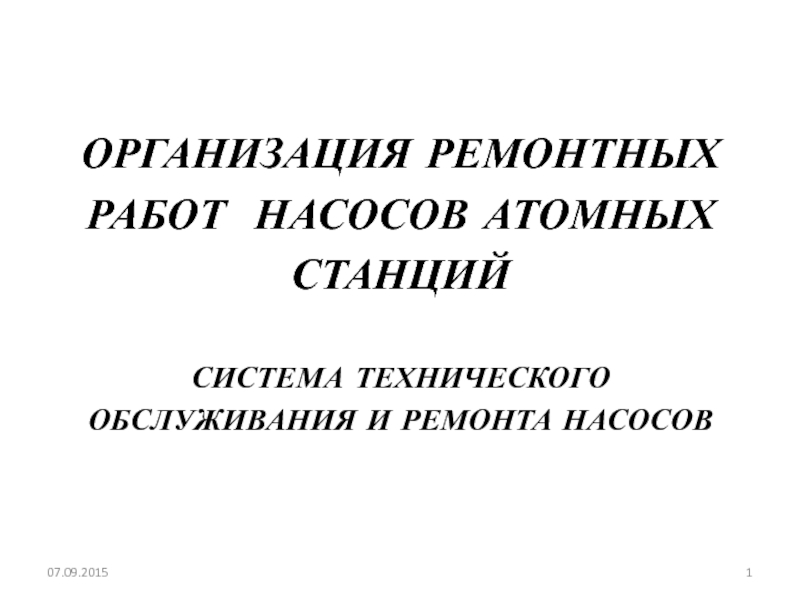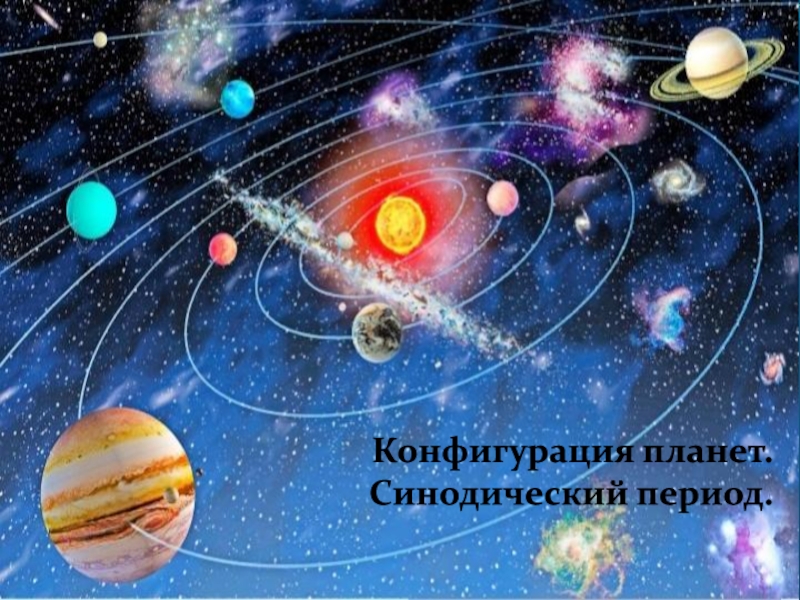Разделы презентаций
- Разное
- Английский язык
- Астрономия
- Алгебра
- Биология
- География
- Геометрия
- Детские презентации
- Информатика
- История
- Литература
- Математика
- Медицина
- Менеджмент
- Музыка
- МХК
- Немецкий язык
- ОБЖ
- Обществознание
- Окружающий мир
- Педагогика
- Русский язык
- Технология
- Физика
- Философия
- Химия
- Шаблоны, картинки для презентаций
- Экология
- Экономика
- Юриспруденция
Human Rights Protection During Armed Conflict
Содержание
- 1. Human Rights Protection During Armed Conflict
- 2. OutlineLegal framework in armed conflictsInternational Humanitarian Law & International Human Rights Law: what is the difference?Mutual reinforcement of International Humanitarian Law & International Human Rights LawCases concerning the Turkey-Cyprus
- 3. War has changed.development of nuclear and biological weaponsnew techniques of warfare growth of cities populationincreased lethality
- 4. International Humanitarian Law & International Human Rights Law: what is the difference?International Humanitarian Law (IHL) applicable only in context of armed conflict based on distinctions between civilians
- 5. Mutual reinforcement of International Humanitarian Law &
- 6. Frequently applied articles of European Convention on Human
- 7. Cases concerning the Turkey-Cyprus issue Varnava and Others
- 8. Cases concerning the Turkey-Cyprus issue Andreou v. Turkey 27 October
- 9. Cases concerning the conflict over Nagorno-Karabakh Chiragov and
- 10. Cases concerning the conflict over Nagorno-Karabakh Sargsyan v. Azerbaidjan 16
- 11. Case concerning the war in Bosnia and
- 12. OverviewLack of effective investigation into the deaths of
- 13. ConclusionIHL & IHRL are both applicable in situation of
- 14. References:Convention for the Protection of Human Rights
- 15. Thank you for your attention!Elina Abdullaevaeeabdullaeva@edu.hse.ru
- 16. Скачать презентанцию
OutlineLegal framework in armed conflictsInternational Humanitarian Law & International Human Rights Law: what is the difference?Mutual reinforcement of International Humanitarian Law & International Human Rights LawCases concerning the Turkey-Cyprus issue Cases concerning the conflict over Nagorno-Karabakh Case concerning the war in Bosnia and Herzegovina Overview of the cases in which Article 2 or Article 3 appliedConclusion
Слайды и текст этой презентации
Слайд 1Human Rights Protection During Armed Conflict
Elina Abdullaeva
Higher School of Economics
Faculty
of Law
Слайд 2Outline
Legal framework in armed conflicts
International Humanitarian Law & International Human Rights Law:
what is the difference?
Mutual reinforcement of International Humanitarian Law & International Human Rights Law
Cases concerning the Turkey-Cyprus issue
Cases concerning the conflict over
Nagorno-Karabakh
Case concerning the war in Bosnia and Herzegovina
Overview of the cases in which Article
2 or Article 3 appliedConclusion
Слайд 3War has changed.
development of nuclear and biological weapons
new techniques of warfare
growth of cities
population
increased lethality
Слайд 4International Humanitarian Law &
International Human Rights Law:
what is the difference?
International Humanitarian Law
(IHL)
applicable only in context of armed conflict
based on distinctions between civilians and combatants
less important territorial link of person
lex specialis
International Human Rights Law
(IHRL)
always applicable
provides protection for every human being regardless of his or her
status essentially territorial
Слайд 5Mutual reinforcement of International Humanitarian Law & International Human Rights
Law
"Lex specialis derogat generali", but
the protection provided by Human Rights
law continued in armed conflictnothing in Human Rights treaties shows that they would not be applicable in context of armed conflict
"Human Rights Law and Humanitarian Law are complementary and mutually reinforcing"
© Human Rights Council
Слайд 6Frequently applied articles of European Convention on Human Rights
Article 2 (Right
to life)
Article 3 (Prohibition of torture)
Article 5 (Right to liberty
and security) Article 6 (Right to a fair trial)
Article 8 (Right to respect for private and family life)
Article 13 (Right to an effective remedy)
Слайд 7Cases concerning the Turkey-Cyprus issue
Varnava and Others v. Turkey
18 September
2009 (Grand Chamber)
A continuing violation of:
-Article 2 (right to life)
on account of the failure of the authorities to conduct an effective investigation into the fate of the nine men who disappeared;-Article 3 (prohibition of inhuman treatment) in respect of the applicants;
-Article 5 (right to liberty and security) by virtue of the failure of the authorities to conduct an effective investigation into the fate of two of the missing men.
Слайд 8Cases concerning the Turkey-Cyprus issue
Andreou v. Turkey
27 October 2009
A violation of
Article 2 (right to life) of the Convention. The use
of potentially lethal force against the applicant had not been “absolutely necessary” and had not been justified by any of the exceptions permitted under Article 2 of the Convention.Слайд 9Cases concerning the conflict over Nagorno-Karabakh
Chiragov and Others v. Armenia
16
June 2015 (Grand Chamber – judgment on the merits)
A continuing
violation of:-Article 1 (protection of property) of Protocol No. 1 to the Convention;
-Article 8 (right to respect for private and family life) of the Convention;
-Article 13 (right to an effective remedy) of the Convention.
Слайд 10Cases concerning the conflict over Nagorno-Karabakh
Sargsyan v. Azerbaidjan
16 June 2015 (Grand
Chamber – judgment on the merits)
A continuing violation of:
-Article 1
(protection of property) of Protocol No. 1 to the Convention;-Article 8 (right to respect for private and family life);
-Article 13 (right to an effective remedy) of the Convention. The Court considered in particular that while it was justified by safety considerations to refuse civilians access to the village, the State had a duty to take alternative measures in order to secure the applicant’s rights as long as access to the property was not possible.
Слайд 11Case concerning the war in Bosnia and Herzegovina
Maktouf and Damjanović v. Bosnia and Herzegovina
18 July 2013 (Grand Chamber)
-a violation of Article 7 (no punishment
without law) of the ConventionThe Court found that the applicants could have received lower sentences had the 1976 Code been applied.
Слайд 12Overview
Lack of effective investigation into the deaths of civilians (Article 2):
Inderbiyeva
v. Russia
Al-Skeini and Others v. the United Kingdom
Kadirova and Others v. Russia
Jaloud
v. the NetherlandsInhuman and degrading treatment (Article 3)
Er and Others v. Turkey
Pitsayeva and Others v. Russia
Meryem Çelik and Others v. Turkey
Al-Saadoon & Mufdhi v. the United Kingdom
Hassan v. the United Kingdom
Benzer and Others v. Turkey
Слайд 13Conclusion
IHL & IHRL are both applicable in situation of armed conflict; these
branches of law are mutually reinforcing
While IHL is applicable in
situation of armed conflict, whether it is international or non-international, IHRL is applicable regardless for such contextAlthough IHL is applied as lex specialis, the protection provided by IHRL continued in armed conflict
Articles 2, 3, 5, 8, 13 of ECHR are frequently applied in situation of armed conflict
IHRL provides more coherent as well as a more realistic regulation of conduct in armed conflicts in general and in non-international armed conflicts in particular
Слайд 14References:
Convention for the Protection of Human Rights and Fundamental Freedoms,
1950
ICRC, “How is the term “armed conflict” defined in international
humanitarian law?”Jean Pictet et al., eds., Geneva Convention I for the Amelioration of the Condition of the Wounded and Sick in Armed Forces in the Field: Commentary (Geneva, ICRC, 1952), p. 32.
Prosecutor v. Duško Tadic ́, para. 70.
Prosecutor v. Ramush Haradinaj et. al., case No. IT-04-84-T, Judgement of 3 April 2008, paras. 49 and 60.
Varnava and Others v. Turkey
Andreou v. Turkey
Chiragov and Others v. Armenia
Sargsyan v. Azerbaidjan
Maktouf and Damjanović v. Bosnia and Herzegovina
Al-Skeini and Others v. the United Kingdom
